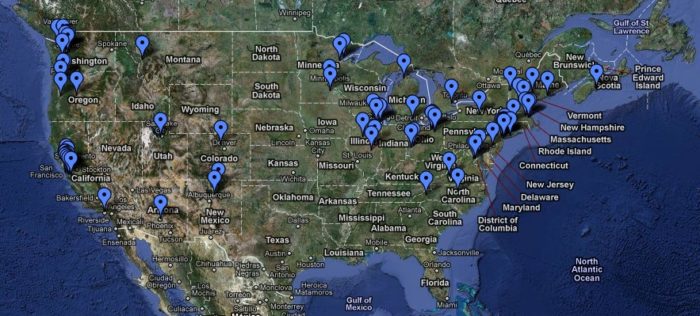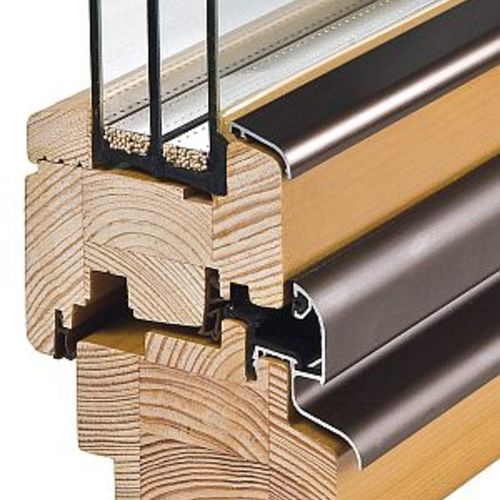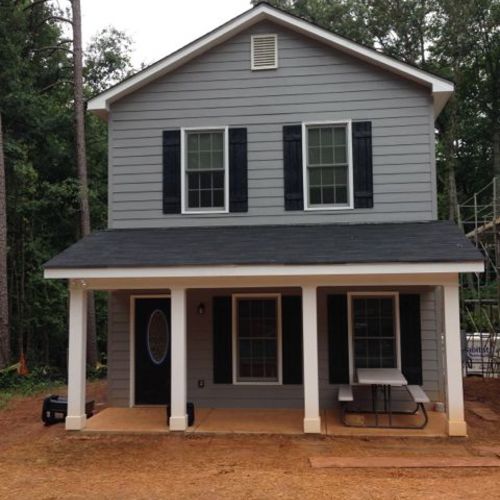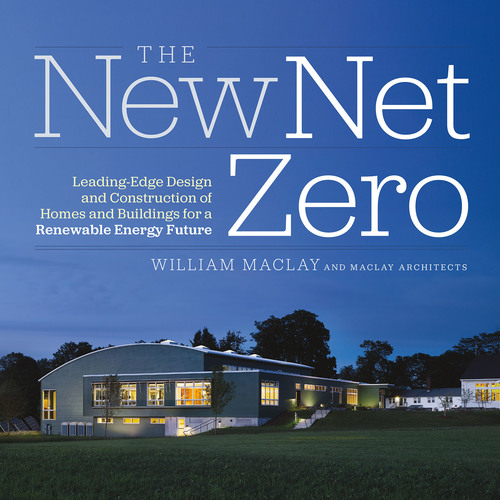
Image Credit: Passive House Institute US
Even if they are not entirely clear about its potential benefits or what it should cost, more consumers than ever seem to think green building is a good idea. That’s one of the broad conclusions of two National Association of Home Builders Research Center surveys conducted for Habitat for Humanity and Whirlpool Corporation. One survey, conducted in August, queried consumers; the other, conducted in July and August, focused on builders.
More specifically, the majority of consumers surveyed agreed that a green home would be affordable to live in and maintain. The respondents supporting that view came from three income categories: high (67%), upper-middle (65%), and middle (59%). Among low-income respondents, 48% agreed with that perspective. One of the key takeaways in the survey, though, is that only the high-income respondents – 71% of those questioned – agreed that a completely green home would be affordable to purchase.
So there is a disconnect, as the researchers put it, between what most consumers believe a green home can offer and their perception of whether or not it is affordable. Among the builders surveyed – all of whom are members of the NAHB Research Center’s Online Builder Panel – 87% indicated they believe green homes are affordable for middle-income families to live in, while 30% felt green homes were too expensive for that segment to purchase or build. For low-income families, 70% of homebuilders believe green homes are affordable to live in, while almost 60% thought green homes were too expensive for that segment to purchase or build.
In a press release summarizing the survey results, however, Habitat for Humanity emphasizes that it has introduced a relatively high level of energy efficiency performance into many of its projects, all of which must meet relatively stringent standards of affordability. The release also includes a comment from Larry Gluth, senior vice president of U.S. and Canada for Habitat for Humanity International, intended to drive home the point. “Under Habitat’s nonprofit construction model,” he notes, “Habitat affiliates across the United States are incorporating sustainable materials and energy-efficient products in Habitat homes, as this is both a responsible building practice and it improves the affordability of homes for Habitat partner homeowners.”
Passive House expertise spreads
If the NAHB surveys highlight challenges in bringing more clarity to perceptions about green building and its costs and potential benefits, a brief posted this week by Architectural Record magazine offered an encouraging perspective on professional interest in the Passive House performance standard.
The Record item, pegged to the 5th North American Passive House Conference held earlier this month in Portland, Oregon, includes a short Passive House backgrounder, but also points to increased interest in the standard among builders, architects, designers, and energy efficiency specialists. For example, the conference, which drew only a few people to its inaugural meeting, attracted about 350 to the event in Portland. Just as important, Mike Kernagis, program director for Passive House Institute US, told the magazine that the number of certified Passive House consultants went from 15 in 2008 to 200 in 2010.
“This is the first conference,” he said, “where we’ve really reaped the benefits of having the consultants come back and show their first projects.”
Also well represented at the conference: Habitat for Humanity, whose representatives highlighted the group’s Passive House projects in Vermont, Kentucky, and Washington, D.C.
A Map of Passive House Consultants
View Certified Passive House Consultants in a larger map
Weekly Newsletter
Get building science and energy efficiency advice, plus special offers, in your inbox.














0 Comments
Log in or create an account to post a comment.
Sign up Log in